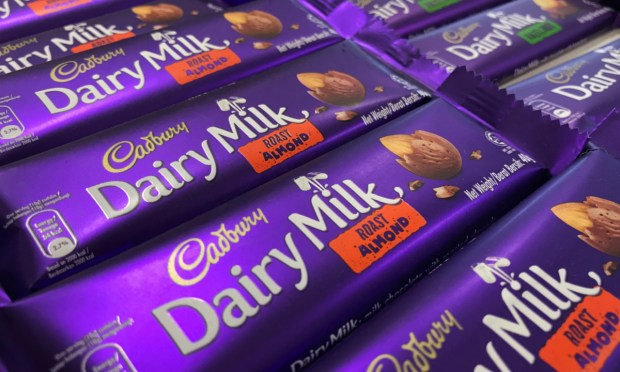
Global snack and candy giant Mondelez International is pivoting its focus to healthier chocolate.
Reporting on the fourth quarter of 2023, Mondelez, which owns brands like Oreo, Cadbury and Ritz, said it recorded a strong quarter, with a 14.4% growth in net revenue year over year, with a healthy performance across the globe, according to a Tuesday (Jan. 30) press release.
Mondelez has focused on core categories like chocolate, biscuits and baked snacks for its direct-to-consumer (D2C) sales, which offer attractive growth and profitability. The company has expanded its distribution channels to reach more consumers, particularly in emerging markets like Brazil, China, India and Mexico.
Speaking to analysts in an earnings call, CEO Dirk Van de Put pointed to innovations Mondelez is rolling out to draw more market share.
The company is “making healthier versions of our mainstream product,” Van de Put said. “So I’m referring to, for instance, what you’ve seen so far in gluten-free or Oreo Zero Sugar in China, [or] gluten-free in the U.S. … You can expect that we will continue [to expand] those efforts across other brands.”
Van de Put added that these products have the potential of tens of millions of dollars in revenue in each country.
The CEO also said he expected American consumers to continue spending even as they continue to search for deals.
“… From a mindset perspective, from a confidence perspective, in North America, probably the best in the last 2½ years,” Van de Put said. “So, what they’re doing is still reflecting sort of the tension they’re under, but they are expecting the economy to improve and that better times are ahead for them.”
He also noted a shift toward eCommerce spending among consumers.
As PYMNTS has found, consumers are turning to connected devices to do their grocery shopping online.
According to “Consumer Interest in an Everyday App,” a PYMNTS and PayPal collaboration, 14% of consumers said that they had exclusively purchased groceries using a smart device in the last 30 days since being surveyed. Another 39% had bought groceries both by using connected devices and via more traditional means.
A separate PYMNTS study also noted that consumers who do their grocery shopping online tend to spend more than those who do it in a brick-and-mortar setting.
According to data from PYMNTS’ study “Tracking the Digital Payments Takeover: Catching the Coming eCommerce Wave,” which was created with Amazon Web Services, consumers spent an average of $88 on their in-store grocery purchases. Conversely, eGrocery customers spent a significantly higher $116 on average per purchase.